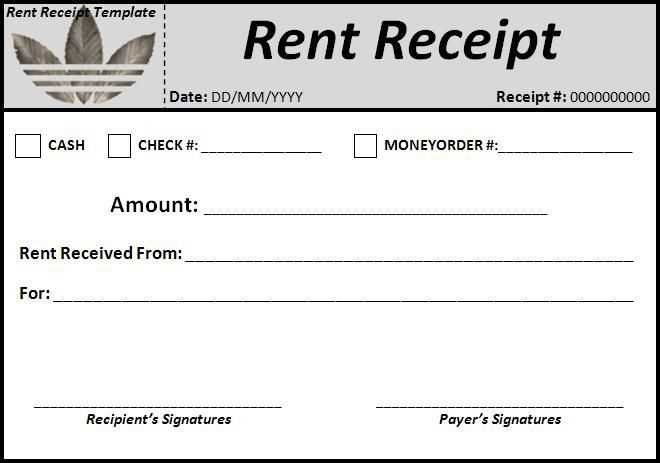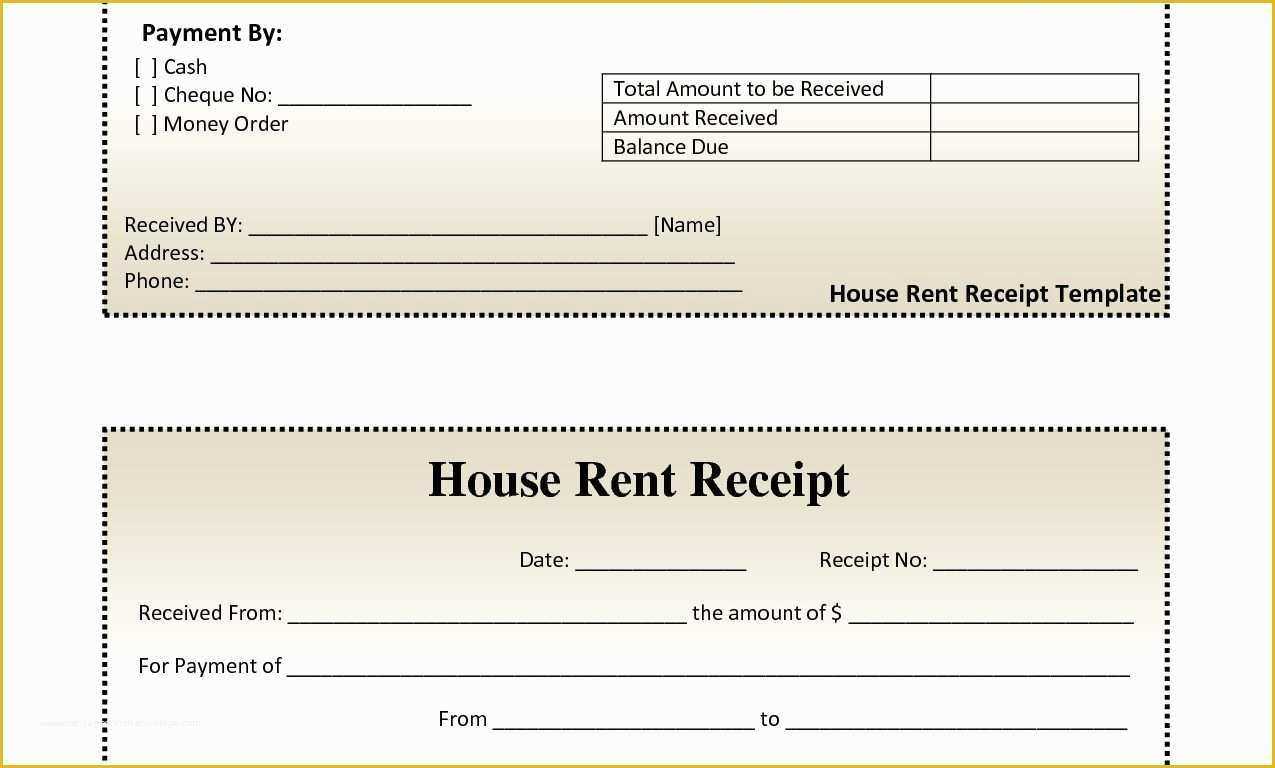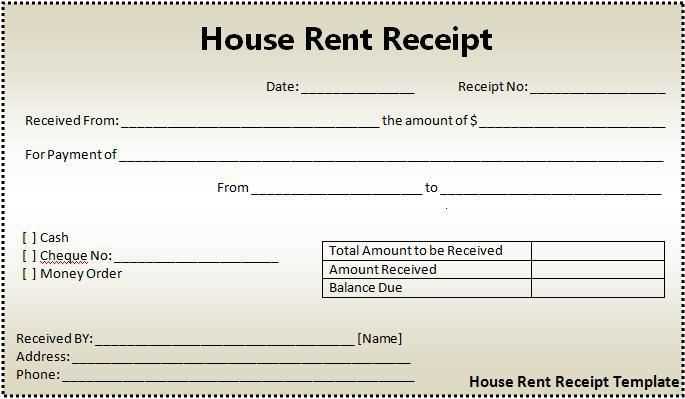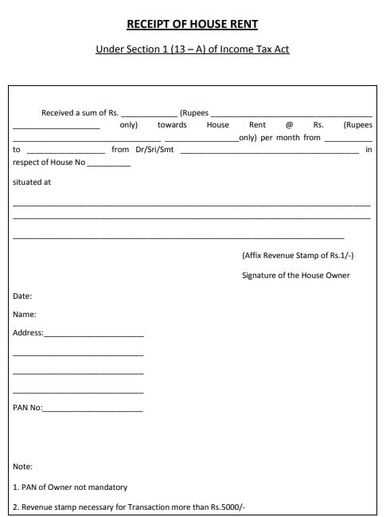
Creating a clear and professional house broker receipt ensures transparency in real estate transactions. This document outlines the agreement between the broker and their client, detailing services rendered and the corresponding fees.
Key Elements of the Receipt

- Broker’s Information: Include the full name, address, contact details, and license number of the broker.
- Client’s Information: Mention the client’s name, address, and contact details.
- Date of Transaction: Specify the date when the service was rendered or the payment was received.
- Service Details: Clearly state the services provided, such as property listing, consultation, or negotiation.
- Amount Paid: Include the total fee, any deposits made, and the balance if applicable.
- Payment Method: Indicate how the payment was made (e.g., bank transfer, cheque, cash).
- Signature: Both the broker and client should sign the receipt for acknowledgment.
Sample House Broker Receipt
Here is a simple template for a house broker receipt:
---------------------------------------- House Broker Receipt ---------------------------------------- Broker's Name: [Full Name] License Number: [License Number] Address: [Broker's Address] Contact: [Phone Number] Date: [Transaction Date] ---------------------------------------- Client's Name: [Client's Full Name] Address: [Client's Address] Contact: [Phone Number] ---------------------------------------- Service Rendered: - Property Listing and Marketing - Buyer Negotiation and Consultation Total Amount: $[Amount] Payment Method: [Payment Method] ---------------------------------------- Broker's Signature: __________________ Client's Signature: __________________ ----------------------------------------
Why a Receipt is Important
Providing a detailed receipt creates a record of the services provided and the terms agreed upon. It helps both the broker and client keep track of payments and avoid any misunderstandings in the future. Always keep a copy of the receipt for your own records.
House Broker Receipt Template: Detailed Guide

Choose a clear and straightforward format for your receipt. It should be professional, easy to read, and contain all necessary details for transparency and legal compliance. Opt for a layout that includes fields for basic information like the client’s name, property details, date of transaction, and amounts involved.
Key Information to Include in a House Broker Document

Include the property address, broker’s details (name, company, license number), transaction amount, commission fee, and payment method. Specify the date of the transaction, the client’s details, and any other terms or conditions that apply to the deal. Clearly state the broker’s services and the amount paid for those services to avoid misunderstandings.
Steps to Customize a Receipt Template for Your Needs

Start by selecting a template that fits your style and professional requirements. Customize it with your company’s branding (logo, color scheme, and contact information). Adjust the fields to ensure they cover all essential aspects of the transaction, such as payment terms and dates. If necessary, add a section for additional notes or specific client requests.
Ensure your receipt template complies with local legal requirements by including any mandatory statements or disclaimers. Double-check that the language used is clear and understandable for clients. Avoid using complex terms that could confuse them. Review the template periodically to ensure it stays compliant with any changes in real estate or financial laws.
Common Mistakes to Avoid When Creating Broker Documents
Do not overlook the importance of clarity in the receipt. Avoid vague terms or incomplete information, as this could lead to confusion or disputes. Failing to include the broker’s details or omitting transaction dates is another common mistake. Ensure all sections are filled out correctly and completely to prevent issues later on.
To make receipts client-friendly, focus on simplicity. Use clear fonts, easy-to-read formats, and concise language. Organize the document so clients can quickly understand key information, like the amount paid and the services rendered. Always ensure that the receipt reflects the transaction accurately, without unnecessary jargon or excessive detail. This helps build trust and ensures smooth communication with clients.


